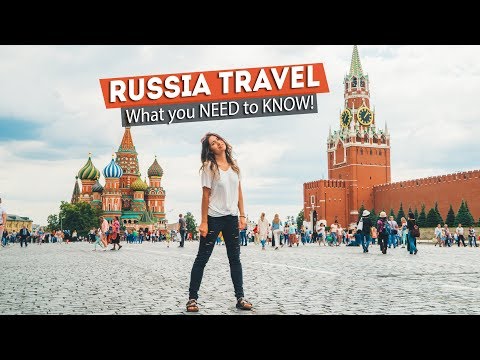
Embarking on a journey to Russia, especially to its iconic cities Moscow and St. Petersburg, can be an exciting yet daunting adventure for first-time visitors. Steeped in history and brimming with cultural treasures, these cities offer a vivid tableau of Russia’s past and present. To ensure you make the most of your Russian escapade, here’s everything you need to know about traveling to Moscow and St. Petersburg.
## Getting Your Visa
The first step in planning your trip to Russia is obtaining a visa, which is mandatory for most tourists except citizens from visa-exempt countries. You will need an invitation letter, which can be arranged through your hotel or a travel agency, along with your passport and application form to apply for a tourist visa. Be sure to start this process well in advance of your travel dates as it can take several weeks.
## Best Time to Visit
The best time to visit Moscow and St. Petersburg largely depends on what you want from your trip. The peak tourist season is during the summer months (June through August) when the weather is warmest and the famous “White Nights” — evenings with a beautiful twilight that lasts all night — occur in St. Petersburg. However, winter has its own charm offering snowy landscapes and traditional events such as the Russian Winter Festival.
## Language Barrier
Russian is the predominant language in both cities, and while you can find English-speaking staff in many hotels, restaurants, and major tourist spots, having some knowledge of basic Russian phrases or carrying a translation app can enhance your experience significantly.
## Money Matters
The Russian currency is the Ruble (RUB). Credit cards are widely accepted in both cities; however, it’s advisable to carry some cash for smaller purchases or markets where cards might not be accepted. Be mindful of currency exchange rates and transaction fees when using credit cards or withdrawing money from ATMs.
## Transport Tips
### Moscow:
Moscow’s metro system is one of the most efficient ways to get around due to its extensive network that covers virtually every corner of the city. It’s also worth visiting just for the stunning architecture of many metro stations which resemble museums.
### St. Petersburg:
While St. Petersburg also boasts an effective metro system, exploring by foot is feasible due to its somewhat compact city layout compared to vast Moscow.
## Must-See Attractions
### Moscow:
– **Red Square**: The heart of Moscow that houses landmarks such as Saint Basil’s Cathedral, the Kremlin, and Lenin’s Mausoleum.
– **The Bolshoi Theatre**: A historic theater where you can watch world-class ballet and opera performances.
### St. Petersburg:
– **The Hermitage Museum**: One of the largest art museums in the world with an extensive collection that spans across six buildings including the Winter Palace.
– **Peterhof Palace**: Known as “The Russian Versailles”, this grand estate features impressive gardens and fountains.
## Cultural Etiquette
Russians may appear stern but are generally very hospitable once they get acquainted with you. Here are some quick tips:
– Be punctual whether it’s dining out or attending a performance.
– Dress modestly when visiting churches (women should cover their heads).
– Learn basic greetings — saying “Hello” (“Здравствуйте”) or “Thank you” (“Спасибо”) goes a long way.
## Safety Concerns
Both Moscow and St. Petersburg are relatively safe cities for tourists but practice normal precautions as you would in any major city concerning pickpockets or tourist scams particularly around crowded areas like tourist attractions or public transport hubs.
In summary, traveling through Moscow and St Petersburg offers an enriching peek into Russia’s majestic past complemented by modern vibrancy. Understanding local norms while planning rightly will undoubtedly make your first-time visit nothing short of spectacular!
